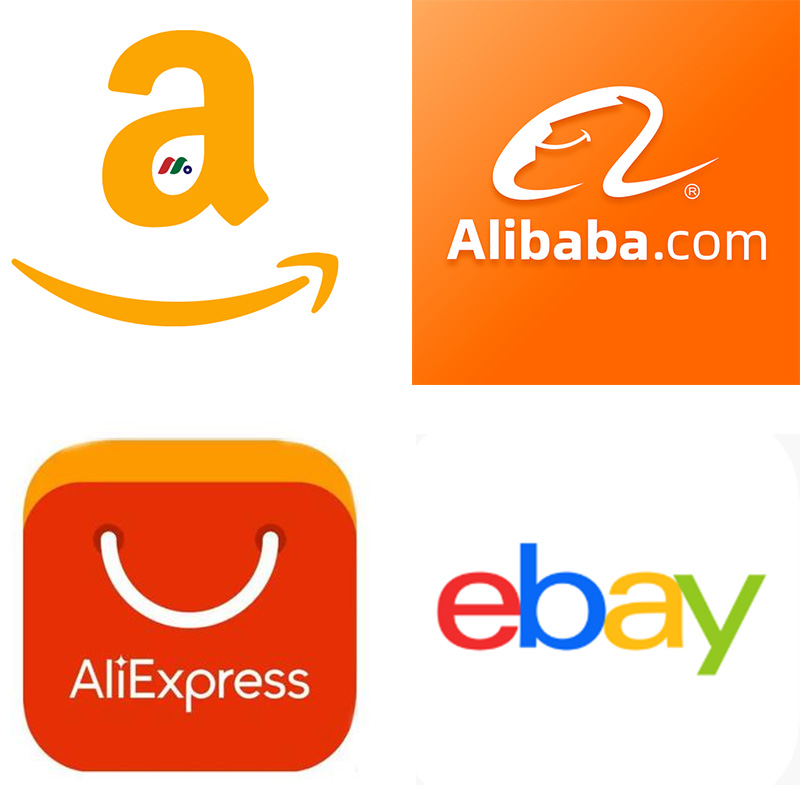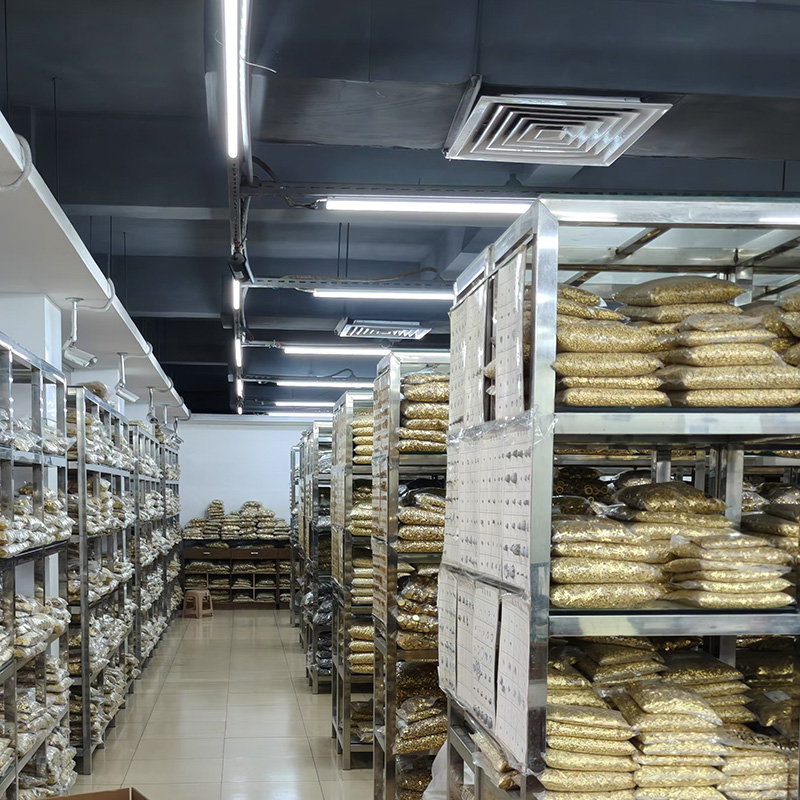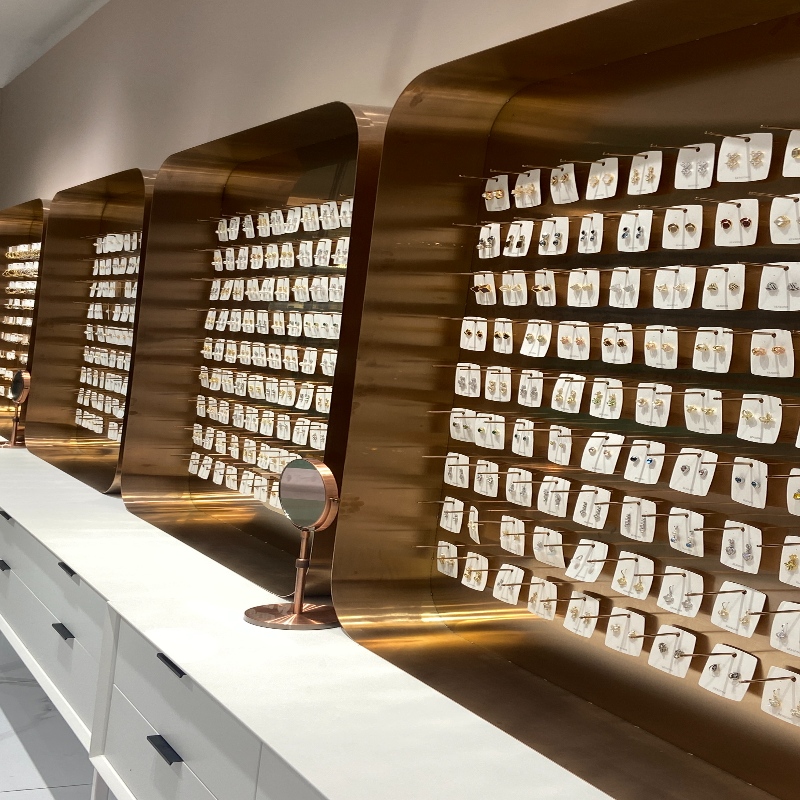With the rapid development of the global business environment, the jewelry industry is also undergoing a digital transformation and market changes. Jewelry wholesalers face an important decision: should they continue to rely on traditional offline procurement channels, or should they switch to online e-commerce platforms? Both procurement methods have unique advantages and limitations. This article will explore the pros and cons of each, helping jewelry wholesalers make a more informed decision when selecting a procurement channel.
Firstly, the rise of online e-commerce platforms has undoubtedly provided jewelry wholesalers with a new procurement channel. Through e-commerce platforms, jewelry wholesalers can easily find suppliers from around the world, whether they are domestic or international. The emergence of online platforms allows wholesalers to break geographical barriers and enjoy a more flexible and convenient shopping experience. Wholesalers can directly browse products, view supplier ratings and reviews, and make decisions quickly, greatly saving time and effort compared to traditional offline procurement.

In addition, a significant advantage of online platforms is price transparency. On e-commerce platforms, wholesalers can directly compare prices from different suppliers, offering them more choices and competitive advantages. The product variety on online platforms is rich, covering a wide range of jewelry, from gold, diamonds to pearls, making it easier for wholesalers to find products that meet market demand. Moreover, with intelligent recommendation systems, e-commerce platforms can offer personalized product recommendations based on the wholesaler’s purchasing history and preferences, further improving procurement efficiency.
However, online e-commerce platforms do have some limitations. Despite the convenience of online shopping, wholesalers still cannot directly assess the actual quality of the products. Jewelry, as a high-value commodity, requires careful attention to quality control. Offline procurement allows wholesalers to inspect and handle the jewelry personally, assessing its craftsmanship and quality in real time. When it comes to high-end jewelry or custom orders, in-person inspections and face-to-face communication with suppliers are crucial for ensuring precise and high-quality procurement.

Furthermore, traditional offline channels have irreplaceable advantages in building long-term, stable supply chain relationships. Through direct face-to-face communication with suppliers, wholesalers can better understand a supplier’s production capabilities, design standards, and reputation, leading to stronger and more trustworthy partnerships. This is especially important when purchasing custom jewelry or dealing with specialized requirements, as direct interaction ensures that the final product meets the wholesaler's expectations.
That being said, as globalization and digitalization continue to evolve, many jewelry wholesalers are opting for a combination of both online and offline procurement methods. In this hybrid model, wholesalers can use online platforms to quickly identify potential suppliers, gather preliminary information and quotes, and then conduct offline visits to verify product quality and supplier reliability. This method allows wholesalers to benefit from the efficiency and convenience of e-commerce while ensuring product quality and trust in their partnerships.
In practice, wholesalers can also flexibly choose channels based on their specific procurement needs. For routine jewelry purchases, e-commerce platforms undoubtedly offer higher efficiency and convenience. However, for high-end custom or specialized orders, traditional offline channels provide more personalized services and assurance.

In conclusion, the choice between online e-commerce platforms and traditional offline channels for jewelry wholesale procurement is not an either/or decision but can be adjusted according to specific circumstances. Online e-commerce platforms offer wholesalers a broad selection and flexible procurement options, while traditional offline channels have irreplaceable advantages in quality control, custom services, and establishing long-term relationships. By combining the strengths of both, wholesalers can ensure product quality while improving procurement efficiency and cost-effectiveness, ultimately positioning themselves advantageously in the competitive market.

